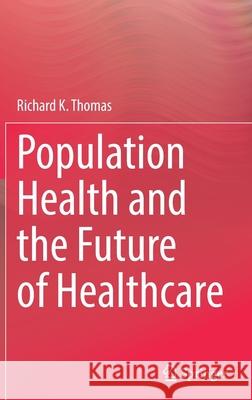Population Health and the Future of Healthcare » książka
topmenu
Population Health and the Future of Healthcare
ISBN-13: 9783030838867 / Angielski / Twarda / 2022 / 372 str.
Population Health and the Future of Healthcare
ISBN-13: 9783030838867 / Angielski / Twarda / 2022 / 372 str.
cena 523,30
(netto: 498,38 VAT: 5%)
Najniższa cena z 30 dni: 462,63
(netto: 498,38 VAT: 5%)
Najniższa cena z 30 dni: 462,63
Termin realizacji zamówienia:
ok. 22 dni roboczych
Dostawa w 2026 r.
ok. 22 dni roboczych
Dostawa w 2026 r.
Darmowa dostawa!
Kategorie:
Kategorie BISAC:
Wydawca:
Springer
Język:
Angielski
ISBN-13:
9783030838867
Rok wydania:
2022
Wydanie:
2021
Ilość stron:
372
Waga:
0.69 kg
Wymiary:
23.39 x 15.6 x 2.24
Oprawa:
Twarda
Wolumenów:
01
Dodatkowe informacje:
Wydanie ilustrowane











